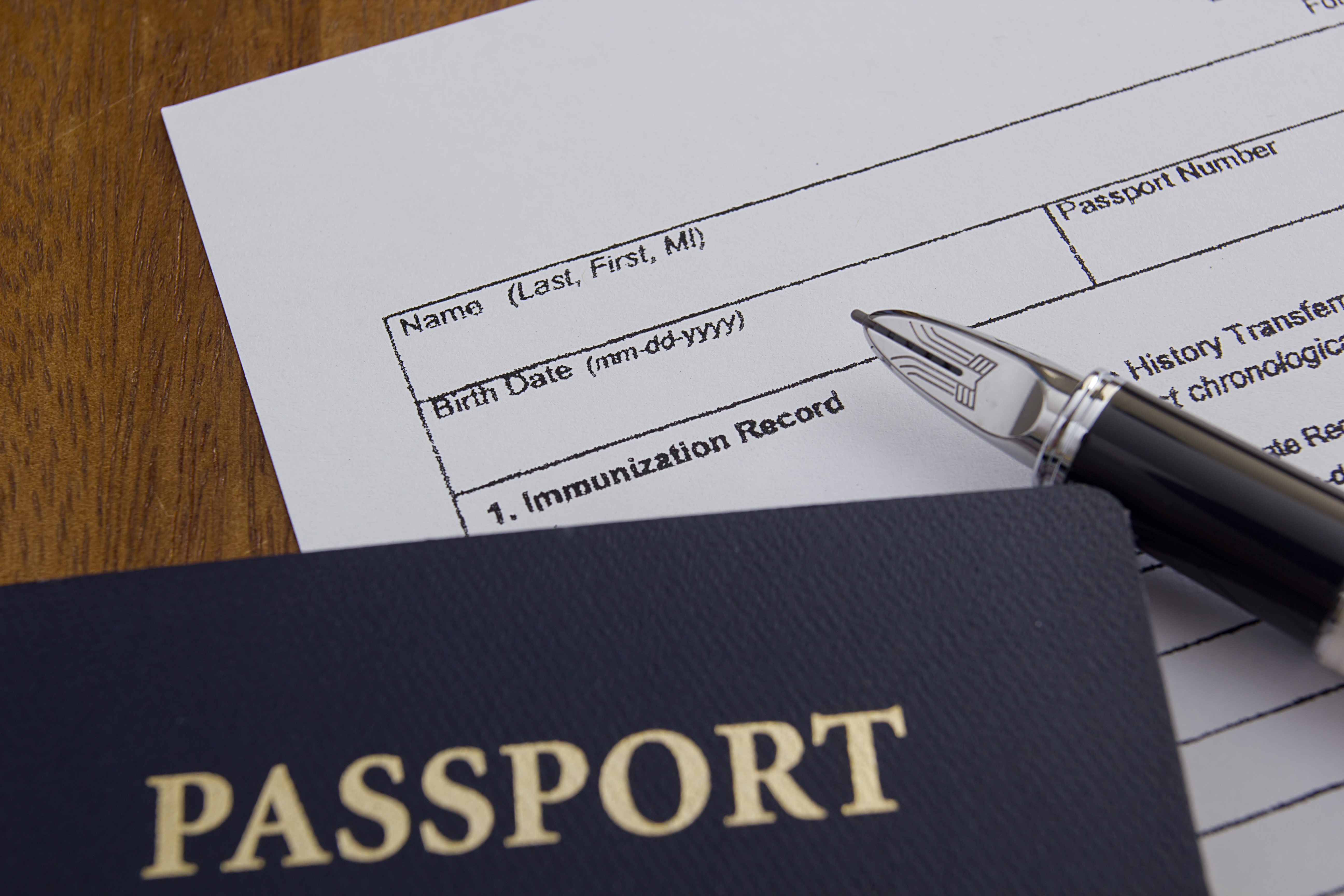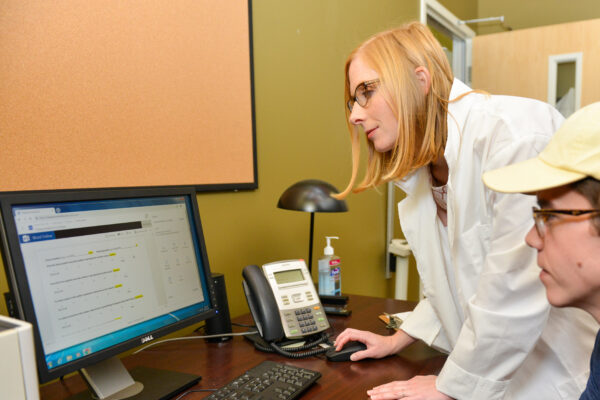
Sitting at his tidy desk at Chapman University’s School of Pharmacy, pharmacist Jeff Goad turns toward his computer and clicks open a website featuring minute-by-minute health and safety alerts from around the globe. Within seconds, a world of trouble fills the screen.
There’s a yellow fever outbreak in Colombia, a cyclone in Australia and civil unrest in French Guiana.
All pose unique health and safety concerns for travelers. Time to rethink vacation plans?
Probably not, but it’s a decision best made with the help of a travel medicine professional. Don’t worry. They won’t push you to cancel. Travel medicine specialists aim to send their patients off into the world well prepared so they can return with stories of adventures, not ailments, says Goad, the only U.S. pharmacist inducted as a fellow of the International Society of Travel Medicine.
“I’ve been in travel medicine about 17 years and I’ve seen thousands and thousands of patients and I think I’ve only talked one person out of a trip. And it wasn’t that they shouldn’t go, but once they heard about yellow fever and malaria, they decided not to go,” says Goad, FAPhA, FCPhA, and FCSHP, and chair of the department of pharmacy practice at Chapman.
Still, international travel does require preparation if you want to return healthy and sound, Goad says.
“We recommend that all people who travel abroad, especially to developing countries, but even to some countries that are in-between or developing socioeconomically, should stop in and see their physician or visit a travel clinic,” Goad says.
In California, that can even mean a visit to a trained pharmacist. New legislation allows California pharmacists to administer travel vaccinations and provide all travel-related prescription medications, such as anti-malarial drugs and traveler’s diarrhea antibiotics. They complete a training program created and maintained by Goad for the American Pharmacists Association and used widely across the country.
Those specialized pharmacists tend to be avid travelers themselves and are eager to get you on the road, Goad says. At worst, you’ll roll up your sleeve for that yellow fever vaccination. Best of all, they’re prepared to answer any questions, address individual health concerns and put to rest some urban myths, which Goad says they hear often. Hmm. Maybe something like these?
I eat yogurt and take probiotics, so my stomach is fine while traveling.
“There’s a lot of things that sound logical and that in your own daily practice you may feel work. But unfortunately, when you actually look at the studies of these things, versus say Imodium or an antibiotic, the drugs always win. Now having said that, is there anything wrong with eating yogurt? Absolutely not. It’s a healthy snack to eat. But I wouldn’t rely on it only. If you want to take probiotics, great idea. Why don’t you also bring along some Imodium and this antibiotic I’m going to give you, too?”
I’m not going to drink the water. I’ll stick to bottled beer, so I’m not worried about traveler’s diarrhea.
“While we don’t encourage alcohol consumption, it turns out that bottled beverages are often safest to drink. (Laughs) Here’s how we explain it, and then we let people decide for themselves. In a developing country, we always assume the water is not drinkable or what we call potable. … We have to tell them that we recommend they use bottled water. Generally, in countries where beverages have to be bottled, the process of carbonation and pasteurization kills the bacteria in there. Also, bottling often occurs in more developed countries and then is imported into developing countries. Keep in mind, it’s not the alcohol that kills bacteria in your drink!”
Hawaii is tropical, but it’s in the U.S., so nothing to watch for, right?
“One of the things that Hawaii has going for it that say, Tonga or other South Pacific islands don’t have, is that we have the U.S. infrastructure for mosquito abatement, for example. But even with that Hawaii does have outbreaks. It is a tropical island. As for the freshwater ponds and streams, you won’t see it in the brochures, but they do have rats in Hawaii that can spread leptospirosis in the water. It’s a spirochete. It’s a type of bacteria that lives in some streams and ponds that can get into cuts and wounds, or you can ingest it. It can be a pretty nasty infection. But it’s part of a lifecycle that involves rodents in that process. It may be in more remote areas on different islands. But you’ll see signs posted.”
Have you ever gotten sick while traveling?
“I haven’t. I’ve been in India, Southeast Asia and South America. I followed my own advice. And actually a patient like me is probably one of the more difficult ones to deal with because they use their own past experience to predict their future experiences. So, they’ll say ‘I’ve been to India I’ve been to Brazil, I’ve been to Vietnam, I never got sick.’ It’s that bias that they have that they’ve survived all this that there must be something unique in their gut or in their composition that doesn’t allow them to get sick. Not true. It’s called luck. All risk is cumulative. The more and longer your travel, the greater the risk.”
Any other urban myths about travel health we should know about?
“One of the things that always surprises me is I’ll be giving patients vaccines for, let’s say yellow fever, typhoid and hepatitis A, and then I get to the influenza vaccine and they say, ‘Oh, no, I’ve heard that causes the flu. I don’t want to get that vaccine.’ I say, ‘You’re going to get these other vaccines, but you’re not going to get the flu vaccine?’ So sometimes people have weird perceptions about risk and about certain vaccines. Influenza is a common and potentially serious infection all around the world.”





Add comment